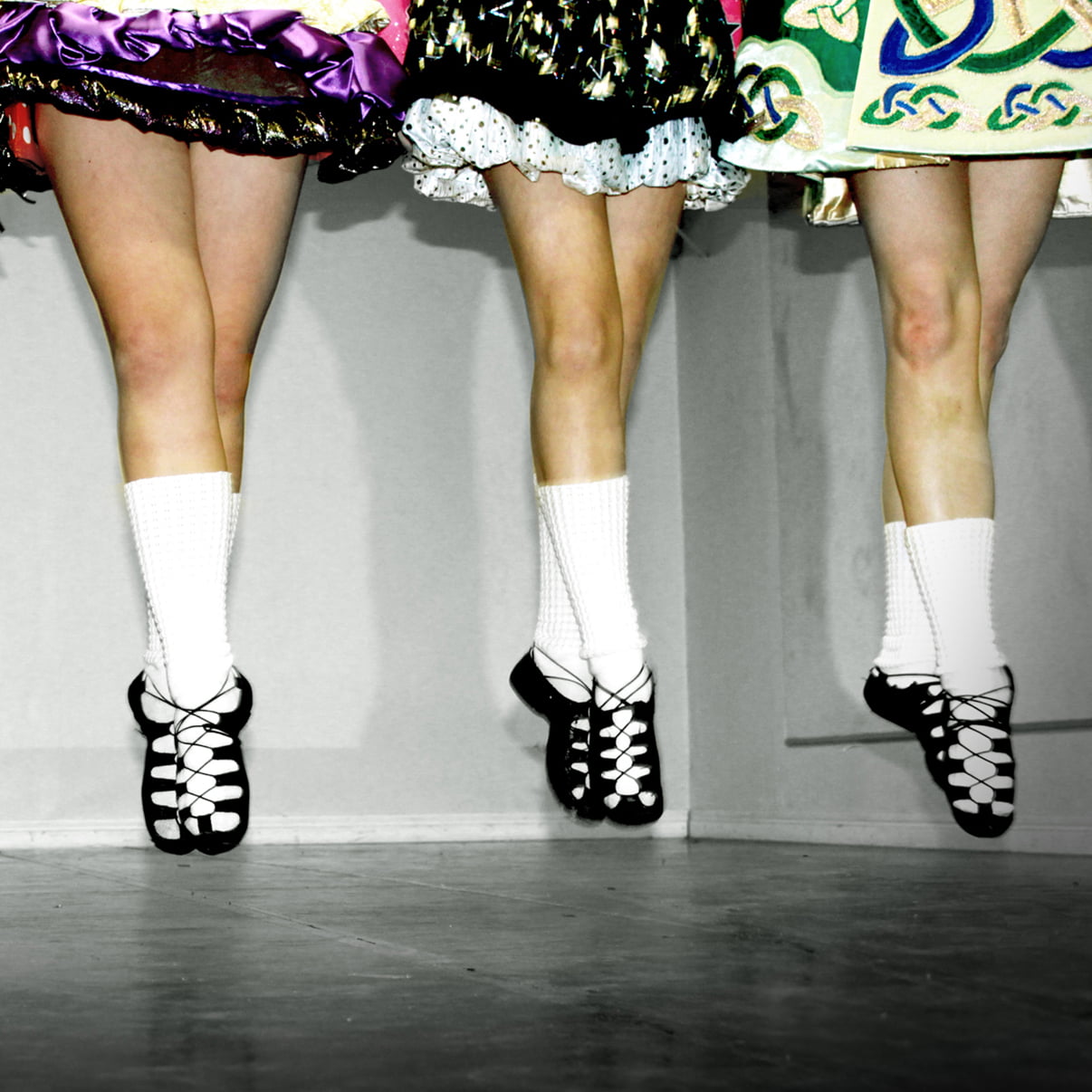While making travel arrangements to Portugal, you might encounter references to a diminutive settlement known as peúgo, situated amidst the northern highlands. Before considering this hidden treasure for a brief stopover, there are a few essential details you should be aware of. peúgo provides an insight into a more uncomplicated way of life that has virtually vanished from the majority of Portugal. Over a century has passed and the village’s stone houses, winding cobblestone pathways, and laid-back atmosphere have remained largely untouched by the bustle of most cities and towns. Nevertheless, due to its remote location, amenities and resources are limited. peúgo should be at the top of your itinerary if you wish to lose yourself in the tranquilly and splendour of the Portuguese countryside. However, approach the facilities available in this largely unaltered piece of history with reasonable expectations. When approached with the appropriate mentality, peúgo has the potential to offer a tranquil sanctuary from the pressures of the contemporary world and an opportunity to experience life in its true essence.
Pégo, what is it?
A variety of Portuguese soft cheeses produced from sheep’s milk are referred to as peúgo. The cheese’s distinctive flavour originates from a plant that sheep consume, from which the term “peúgo” is derived. peúgo cheeses are manufactured in designated areas of Portugal, predominantly in the provinces of Alentejo and Ribatejo.
peúgo cheese is available in two primary varieties: cured and soft. peúgo that has been cured for a minimum of two months possesses a rigid, crumbly consistency akin to that of feta. Soft pego is a rindless, fresh, spreadable cheese with a creamy consistency. Both varieties are slightly acidic and nutty in flavour due to the herbs and sheep’s milk that the animals consume.
In the initial step of peúgo cheese production, rennet, an enzymatic agent that separates the milk into solid curds and liquid whey, is employed to curdle sheep’s milk. Following this, the curds are salted, aged, and formed. Beneficial microorganisms decompose the curds as peúgo ages, resulting in the formation of its distinctive aroma. The completed cheese exhibits a pale yellow hue and a texture that is marginally granular.
Alentejo reds and other robust Portuguese wines pair well with Peñgo. Bread is frequently dipped in it in order to absorb its flavorful lipids. Additionally, quince or fig preserves, honey, and olive oil are traditional accompaniments.
Portuguese peúgo cheese holds significant cultural and gastronomic value. Its distinctive flavour is a product of the pastoral history, terrain, and climate of the nation. When in Portugal, pego is an absolute must for cheese aficionados.
The Origins and History of Pego
Pega must be comprehended in order to be completely appreciated; its origins and history must be known.
Initial History
Between France and Spain, in the Basque region, peúgo originated. The earliest references that are known to exist date to the 16th century. peúgo was a sartorial garment that was ordinarily worn by Basque labourers and farmers during that era. It was highly regarded for its adaptability, comfort, and durability.
Conventional Design
peúgo was historically crafted using organic, regionally procured materials such as hemp, linen, and wool. The construction and cut were uncomplicated, generally comprising rectangular fabric panels that were joined with stitches. peúgo was characterised by its drop shoulders, loose fit, and length that extended to just above the calf. In addition to vivid hues and stripes, distinctive embroidered or printed designs were prevalent in every village.
Cultural Importance
Peñgo significantly influenced the formation of Basque cultural identity. The distinct hues, designs, and embellishments of the peúgo from each village served as a wellspring of communal ire. peúgo , a traditional garment, found its way into Basque rural celebrations, performances, and sporting events. peúgo continues to be esteemed as an emblematic representation of Basque heritage and history in contemporary times. On special occasions, some Basques continue to don traditional peúgo, although contemporary iterations have been updated to feature modern fabrics and designs.
Contemporary Revival
Beyond the Basque region, peúgo has experienced a resurgence in style and expanded in prominence in recent decades. Although it features a variety of modernised shapes, hues, and patterns, contemporary peúgo continues to pay homage to the traditional design’s heritage and simplicity. Due to its unique aesthetic and deep cultural influences, peúgo has amassed a devoted fan base within the folk and bohemian fashion movements.
The Peÿgo Game Played
peúgo , a card game characterised by trick-taking, has its roots in the region of Northern Spain. In order to participate in the game of peúgo, you will require the following:
The apparatus
- A Spanish deck of forty cards (no eights, nines, or tens).
- Four competitors
- A tally sheet and a pencil for scorekeeping
Setup
Assign ten cards to every participant. The undealt cards that remain are arranged in a talon configuration, face down. In a fan formation, players collect their cards and organise them suitably so that all players can see how many of each suit they possess.
The gameplay
The objective of each trick is to acquire the most valuable card. Each trick is won by the highest card of the suit being led. The game consists of multiple rounds.
A card is led by the first player to initiate the first trick. Suit-matching requires players to deal cards of the same suit. If suit-following is not possible, reveal any card.
The trick is won by the highest card of the suit led. The trick that is won is played first.
After every card has been dealt, the hand is passed to the left. Each player reclaims ten cards from the talon as the new dealer deals additional cards.
Continue playing until the talon is depleted. The points in triumphant tricks are tallied by the players as follows: aces award 11 points, 3s 10; kings 4; and so forth. It is winner’s turn to have the highest total.
peúgo is a combination of talent and chance. By diligently monitoring the high-value cards that have been played, one can ascertain the suit that should be led in order to acquire valuable tricks. Deducing the possible card counts of one’s opponents through analysis of their actions can also yield a strategic edge. You will quickly become proficient at peúgo and be able to perform more feats with added practise.
Leagues and Competitions of Pego Throughout the World
Globally, peúgo competitions and tournaments cater to participants of varying levels of expertise. There are numerous opportunities to compete internationally, whether you are a novice or an expert.
Prominent Pego Leagues
On six continents, legitimate pego leagues are regulated by the World Peοgo Federation (WPF). The Champions competition, which features the best professional teams from over 50 countries, is the premier competition. Additionally, competitions are held in Divisions 1 and 2 throughout Europe, Asia, Africa, and the Americas.
Major League Pego (MLP) represents the pinnacle of competition in North America, encompassing twelve franchise teams dispersed throughout the United States and Canada. April through October comprise the season, which concludes with the World Series. Purchase tickets for the championship and fixtures through licenced retailers or the MLP website.
Participation in International Tournaments
Annually, the Peñgo World Cup represents the apex of global competition. The finals of the men’s, women’s, and youth globe Cups are viewed by more than a billion people around the globe. These competitions draw the finest national teams and athletes. World Cup qualifying contests commence two to three years in advance.
Additional significant tournaments consist of:
The peúgo Confederations Cup, which is comprised of the champions of the respective continents’ championships.
- The Peñgo Tournament at the Pan American Games was open to both North and South American nations.
- The Asian Cup is contested by Asian and Australian national teams.
- The Africa Cup of Nations is contested by African teams.
- The European Championship, which is open to European national teams.
Participating in or observing pego divisions and tournaments unites individuals from around the world by virtue of their common passion for the game. The competitive nature of athletes and the fervour of their supporters persistently propel the sport to unprecedented levels of achievement.
A Guide to Beginning to Play peúgo
In order to commence the game of peúgo, it is imperative to procure the requisite apparatus. The essential equipment comprises:
An Ball
The pego projectile resembles a shot put in that it is small, hard, and heavy. Modern spheres, once crafted from stone, are frequently made of metal. The ball ranges in weight from 10 to 15 pounds; therefore, novices should commence with a lighter ball of approximately 10 pounds to hone their throwing technique before progressing to heavier balls.
Regarding the Pitch
peúgo is executed on an open, level field measuring 20 to 30 feet in diameter. A circle delineates the perimeter of the pitch on the ground. No additional field markings exist. The unobstructed surface should consist of soil, grass, or sand.
Safeguarding Gear
It is advisable to utilise protective equipment such as helmets, gloves, and sturdy footwear when mastering the peúgo ball due to its considerable weight. You will be able to determine, as you progress, which level of protection clothing provides the greatest sense of security and comfort.
Supplementary Equipment
Consider purchasing a pego bag or case for the purpose of transporting the ball to and from the pitch. Additionally, prior to throwing, some competitors wipe dirt or moisture from their palms with a towel.
To commence the game of peúgo, locate a vacant area in which to construct your pitch. Obtain your pego ball and don protective gear to commence the practice of the hurling techniques that are distinctive to this particular sport. Beginning near the centre of the surface, employ an overhand grip on the ball. With knees slightly bowed and the waist bent forward, toss the ball upward and outward, causing it to deviate to the side of the body. Perform a body follow-through following the release of the projectile. Strive to release the ball consistently to the same side, with the objective of attaining optimal distance and accuracy.
By consistently honing your hurling technique, you will quickly become proficient at playing peñgo. Enjoy yourself and best of success in this difficult sport!
In conclusion,
Evidently, the Portuguese peúgo is an exceptional and multipurpose article of clothing that merits greater acclaim. The peúgo, which has been utilised for labour, leisure, and cultural events, possesses an extensive and eventful past in Portugal that persists to this day. Through a comprehension of its origins and functions, one can develop a more profound admiration for this indispensable component of Portuguese history and identity.During your next visit to Portugal, keep an eye out for individuals donning the peúgo. You never know when you might encounter a shepherd tending to his livestock, a farmer cultivating his land, or dancers performing at a festival. peúgo continues to be a significant emblematic element of Portuguese culture, tradition, and way of life.



